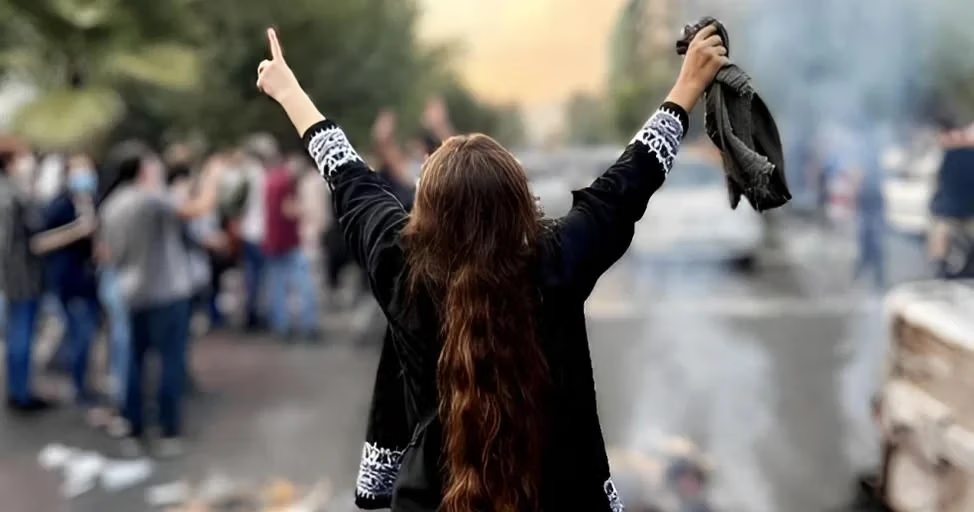"Don't get used to the picture of Middle Eastern people being killed.
Do not get used to the picture of Middle Eastern women suffering.
Their lives and their freedom are equally valuable to yours."
Mary

Image source unknown. Please contact us if you are the owner and would like credit or for the image to be removed. (Mary not in the picture).
21 years old
What inspired you to join the "Woman, Life, Freedom" movement?
Can you share a personal experience that shaped your views on women’s rights in Iran?

Image source unknown. Please contact us if you are the owner and would like credit or for the image to be removed. (Mary not in the picture).
What does the slogan "Woman, Life, Freedom" mean to you personally?
What challenges have you faced as part of the movement?
Have you experienced backlash from authorities or conservative elements in society? How have you navigated those risks?
How do you stay resilient in the face of threats or adversity?
How has social media helped you and others in the movement?
What message do you hope to send to international supporters through social platforms?

Image source unknown. Please contact us if you are the owner and would like credit or for the image to be removed. (Mary not in the picture).
Do you see cultural shifts happening within Iran because of the movement? If so, how?
What role do you think the Iranian diaspora plays in amplifying the movement?
How can the global community better support women in Iran?
What changes do you hope to see for women in Iran in the next five or ten years?
If you could speak directly to the next generation of women in Iran, what would you tell them?
What does victory look like for you and the movement?
This movement is made up of many people.
Some still support the constitutional monarchy, and some want a liberal democratic future for Iran.
Others want a future where a socialist system is at work in Iran.
The only thing we all have in common is that victory for us is the non-existence of the Islamic Republic.
Victory for us is the re-emergence of “Iran.”
We achieve victory the day we overthrow this power structure and establish a system where we can form our own parties and live under a framework that grants equal rights to all as ‘human beings,’ regardless of religious ideology
























